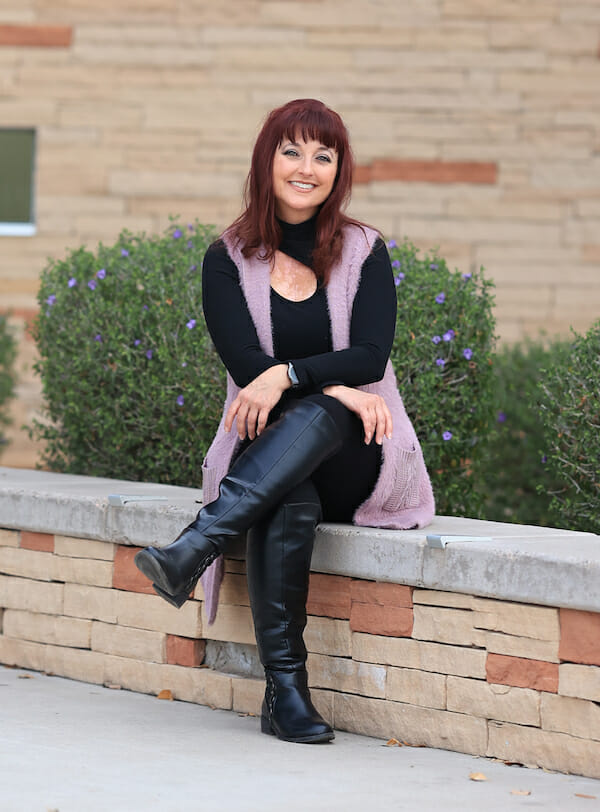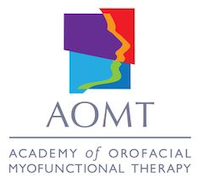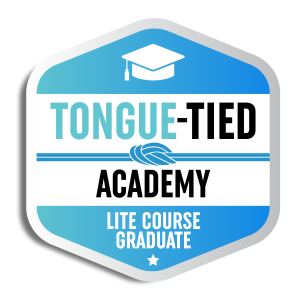Signs of an Orofacial Myofunctional Disorder

Myofunctional Therapy
Myofunctional Therapy
Most recent scientific literature has shown that treatment for orofacial myofunctional disorders can be 80-90% effective in correcting swallow and rest posture functions. It also shows these corrections are retained years after successful completion of treatment (Hahn & Hahn, 1992).
Patients are individually evaluated to discover all of the factors, which may be involved. This is especially important where there are dental, medical, or speech concerns. The professionally-trained orofacial myologist will make the decision whether or not the patient would benefit from treatment. A multidisciplinary professional approach is vital to successful treatment and includes: dentists, orthodontists, allergists, and physicians.










